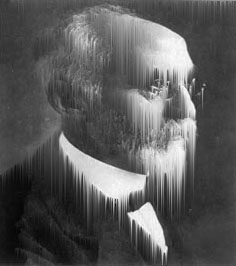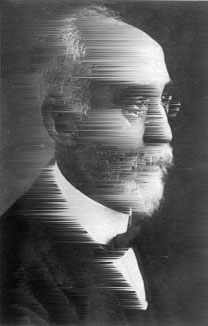

Lorentz Transformation
Lorentz Transformation
This transformation derives its name, of course, from Hendrik Antoon Lorentz (1853-1928), a Dutch physicist. Unlike the Galilean transformation, the Lorentz transformation involves a change of spatial distance and a change of time interval between two inertial systems. For a simple case where the new coordinate system is moving with constant velocity v along the x-axis of the old coordinate system , the transformation is as in the figure, where y' = y and z' = z.
In general, the Lorentz transformation allows a change of the origin of a coordinate system, a rotation around the origin, a reversal of spatial or temporal direction, and a uniform movement along a spatial axis.
If a physical law remains the same under the Lorentz transformation, it is called "Lorentz invariant". This is what Einstein aimed at, as regards both mechanics and electro-magnetism, in his special relativity (but only inertial systems were in view).
|
Lorentz moving up!
|
Lorentz moving to right!
|
 |
 |
Lorentz contraction!
For Lorentz, see a biography in the Nobel Foundation.
Last modified March 30, 2003. (c) Soshichi Uchii